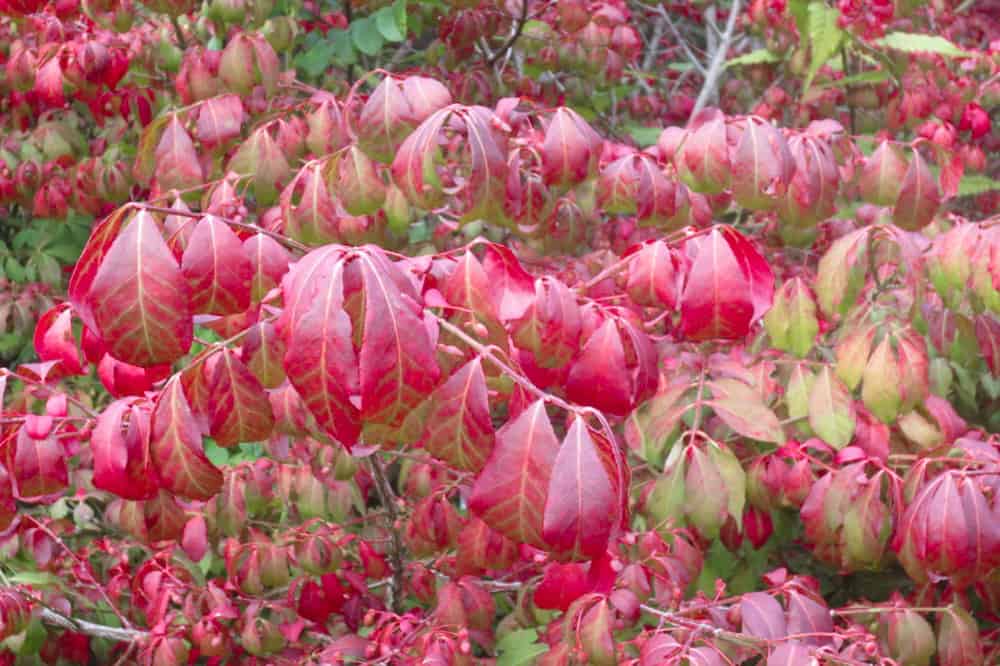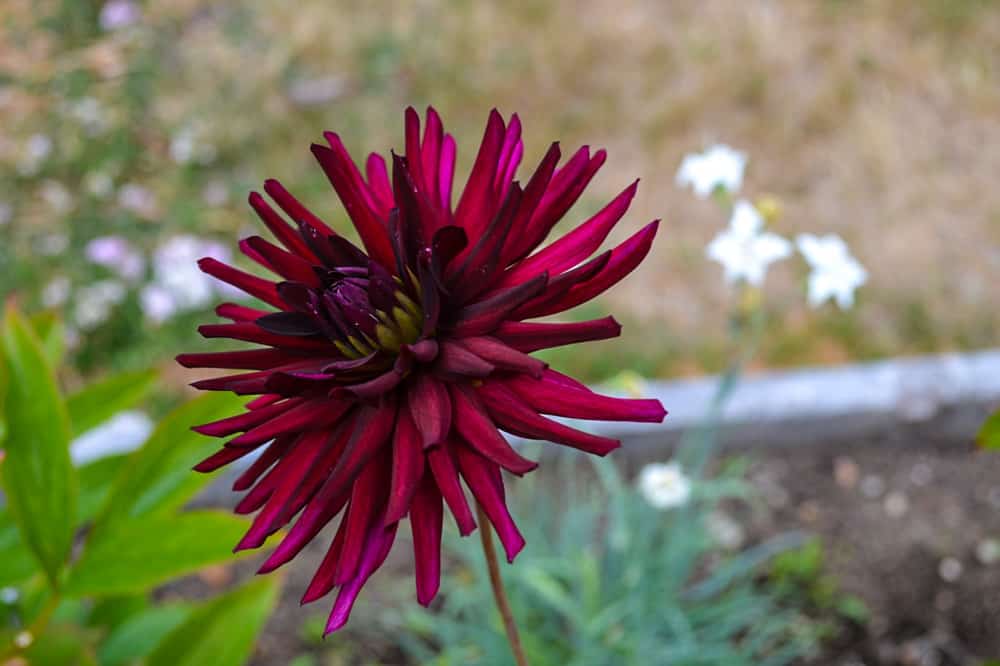Dalias – Living History — The Heritage Garden at the Cortes Island Museum
The Heritage Garden in late summer and fall — a transition season. Here are some plants that will reliably provide bloom and colour in the garden at this time.
Dahlia species were first introduced from Mexico to Europe in the 1800s. A different species with the cactus flower form arrived in the 1900s. The deep red cactus dahlia ‘Nuit d’Ete’ shown below, has been a favourite flower in gardens for over 45 years. Dahlia tubers should be dug in the fall and replanted in the spring to avoid any rotting that may result from being left in the ground during the wet coastal winter.

A North American plant with a long blooming period and a bright colour is Helenium autumnal blooming throughout the summer, and if spent blooms are removed, continuing into September. Deadheading the spent blooms is essential for fall colour, as this plant would otherwise set seed to finish the annual cycle of growth as it would do in its native meadow habitat. The cultivar of Helenium in the heritage garden is ‘Moerheim Beauty’ which as introduced in 1930.
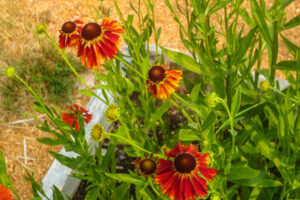
A hardy perennial native to North America, with a natural habitat of open woods and clearings is Coreopsis verticillata. The light yellow blooms last well into September with delicate flower form and bright colour. The selection in the heritage garden is ‘Moonbeam’.
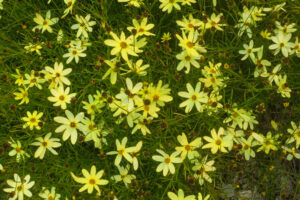
A graceful late summer and autumn plant is Anemone x hybrida ‘Honourine Joubert’ first introduced in 1858 – the old garden Japanese anemone. The blooms appear in August and last through September. Plantings will increase vigorously and provide a graceful, airy presence at the back of the garden or against a fence.
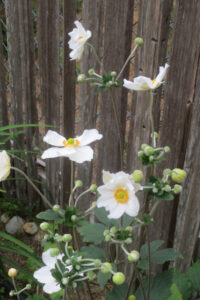
A late summer and fall blooming flower, Acidanthera bicolour, also known as Abyssinian gladiolus or Peacock Orchid, provides an exotic appearance and beautiful fragrance. The plant is native to the mountains of East Africa and has been popular in western gardens since Victorian times. Acidanthera grows from corms which should be lifted for the winter and replanted in the spring.
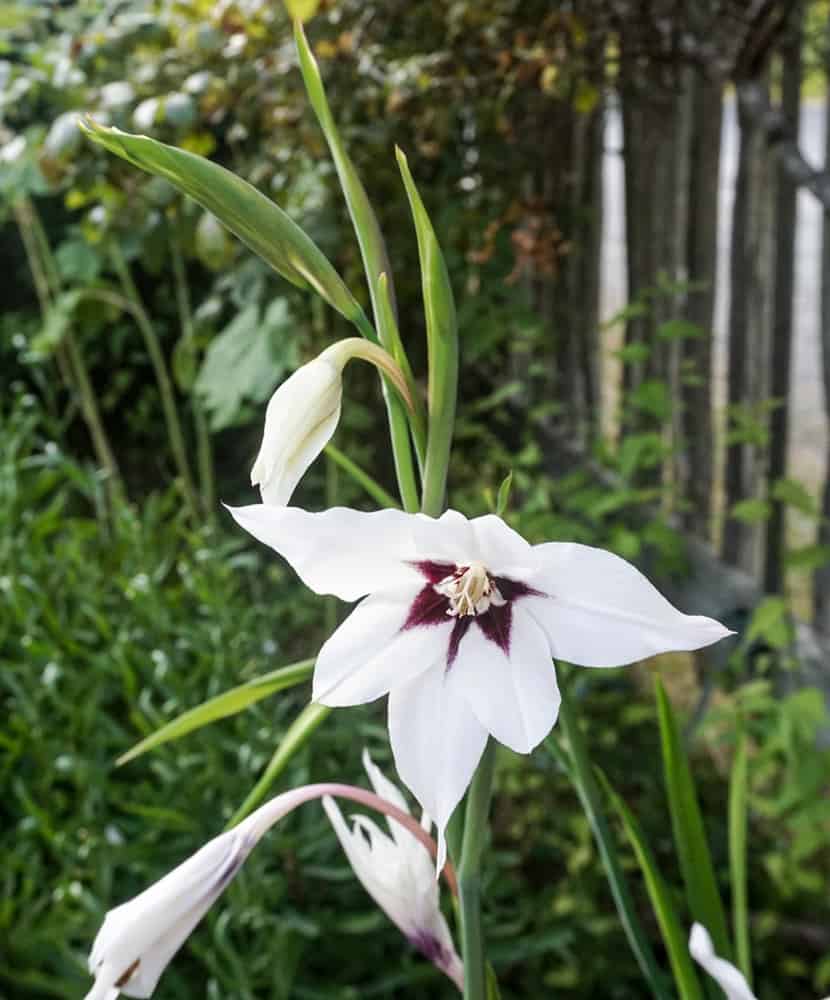
Hydrangea, a popular shrub in many coastal gardens, was introduced to the west in 1830 from Japan. There are a number of different types of this shrub, with Hydrangea macrophylla types being most frequently planted. H. macrophylla consists of two groups; the ‘Hortensias’ and the ‘Lacecaps’. Either group provide beautiful form and colourful flowers in summer and into fall. Since their introduction, they have been also been very popular as pot plants, for cut flowers and for drying. The shrub grows and flowers well in the semi-shade.
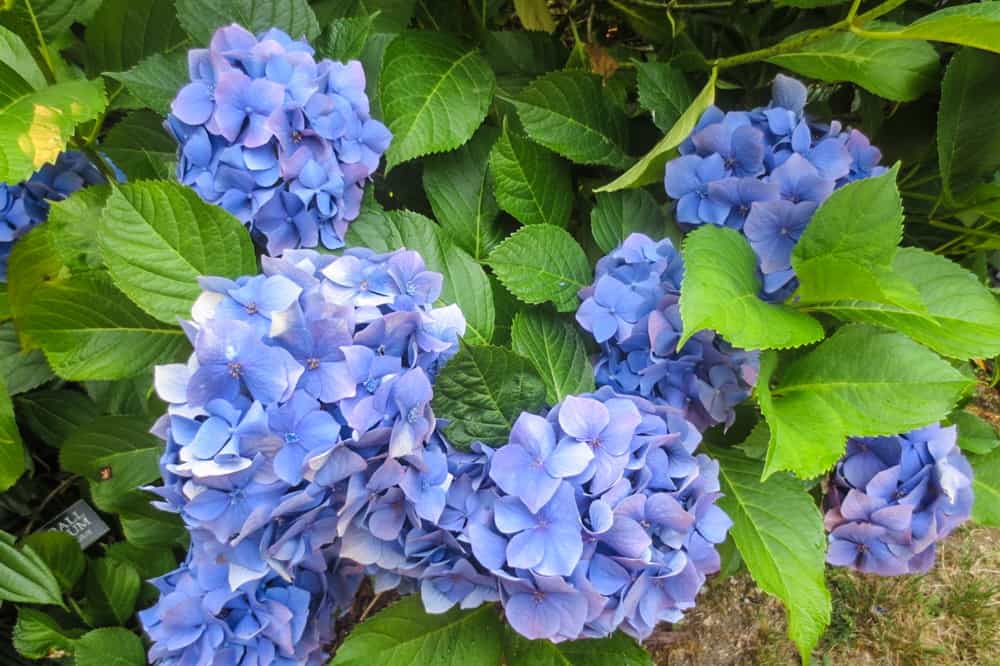
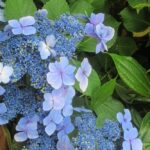
An easy care, brilliantly coloured shrub in fall is Euonymus alatus, which is native to Japan. This shrub will grow in sun or part shade to 2 m if given the space, and has distinctive horizontal fan-shaped branches. Beginning in September the leaves will turn from green to brilliant red and justify the common name of Burning Bush.
